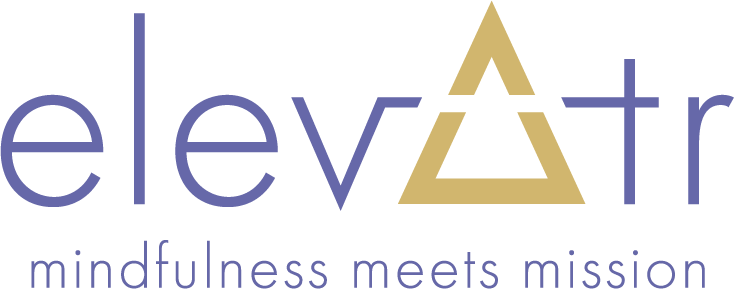One of my most memorable failures occurred junior year in high school when I was running for class president. On election day, a fellow student who I respected told me that my campaign slogan was arrogant. I ended up getting less than 10 votes.
Moments like these can stop us in our tracks from ever trying something courageous again. Or they can help us improve the next time we leap. For me, this experience instilled the importance of quiet strength—the humble authority, vulnerability, and transparency that builds trust and connection in a much more powerful way than bravado, swagger, or command-and-control.

watercolor and ink sketch by Ian Mutton
In the realm of leadership, quiet strength serves as a powerful catalyst for cultivating executive presence. It’s a quality that doesn’t need to shout to be heard, for its impact resonates deeply within the hearts and minds of those it touches.
It embodies the inner fortitude to stay true to your values and principles, even in the face of adversity or conflict. It’s about leading by example, inspiring and empowering others through your actions rather than your words alone.
To practice quiet strength in leadership, start here.
Cultivate self-awareness. Aim to understand your strengths and weaknesses, acknowledge your biases, and embrace your authenticity. This self-awareness will serve as your foundation, allowing you to lead with integrity and humility.
Listen actively. Leadership isn’t just about speaking; it’s about truly hearing others. By valuing different perspectives and ideas, you foster trust, collaboration, and a sense of belonging within your organization.
Persevere with patience. Change and progress is a gradual process. Exercise patience as you work toward your objectives. Understand that setbacks are a part of the journey. Quiet strength means staying resolute, even when the path seems uncertain. Your patience will promote wellbeing and inspire resilience in your team.
Serve others. Ultimately, leadership is a call to service. Embrace your role as a leader, always ready to support and uplift others. Mentor your team members, provide growth opportunities, and lead by example. By putting others first, you create a culture of empowerment and personal development that can transform not only your leadership style, but also the very fabric of your organization.
If you need support to develop your quiet strength in a way that energizes your team and drives organizational priorities, check out our Ignite Impact coaching package.
